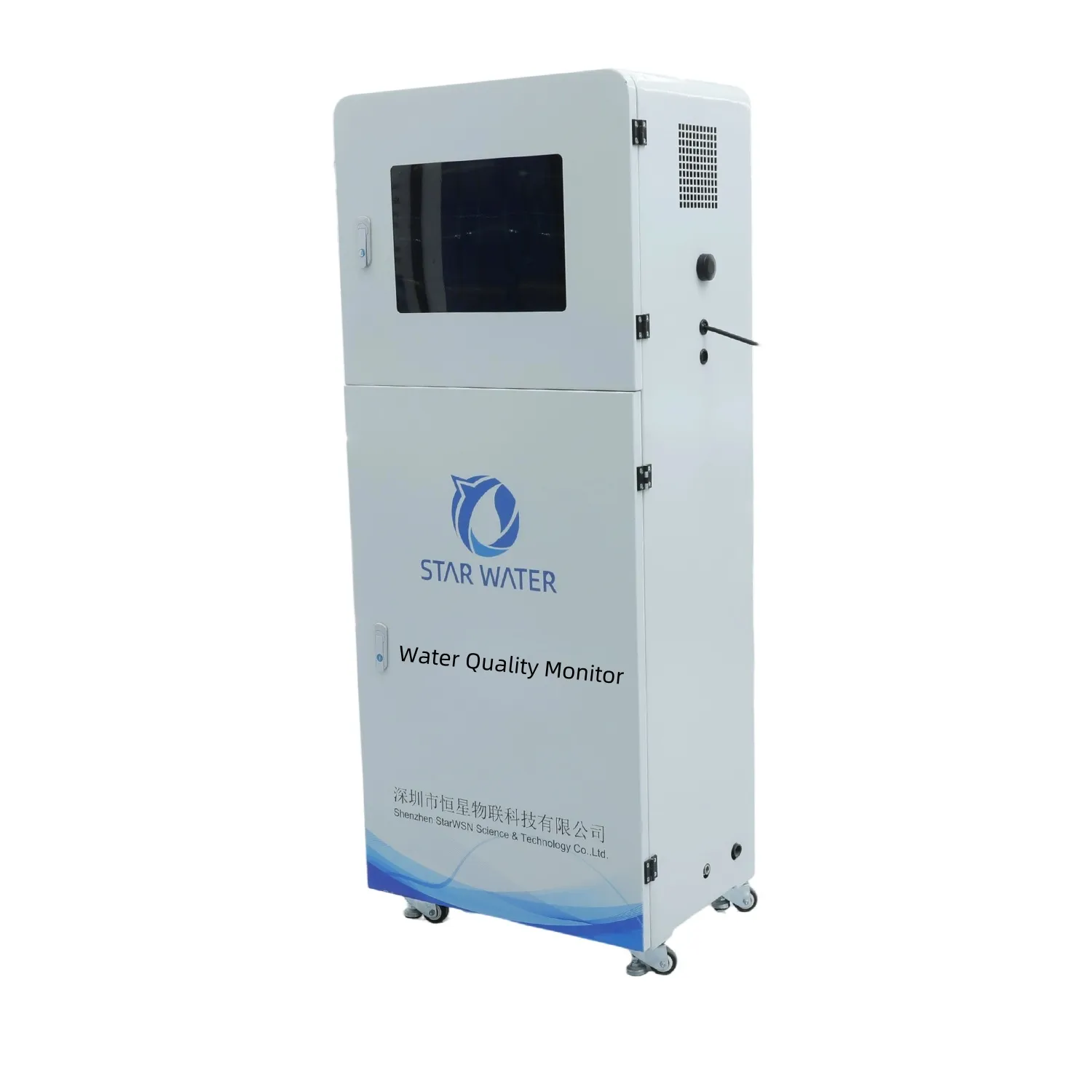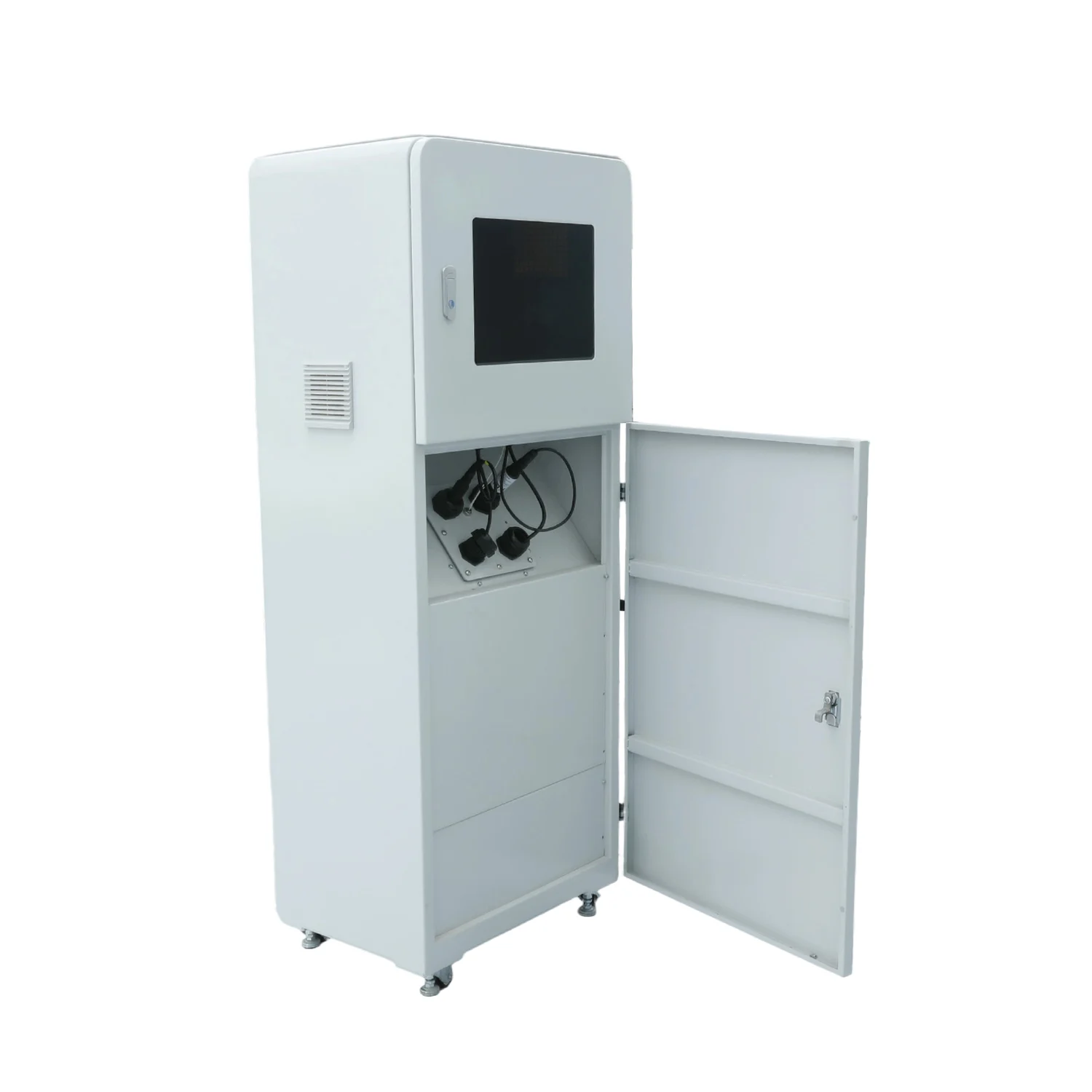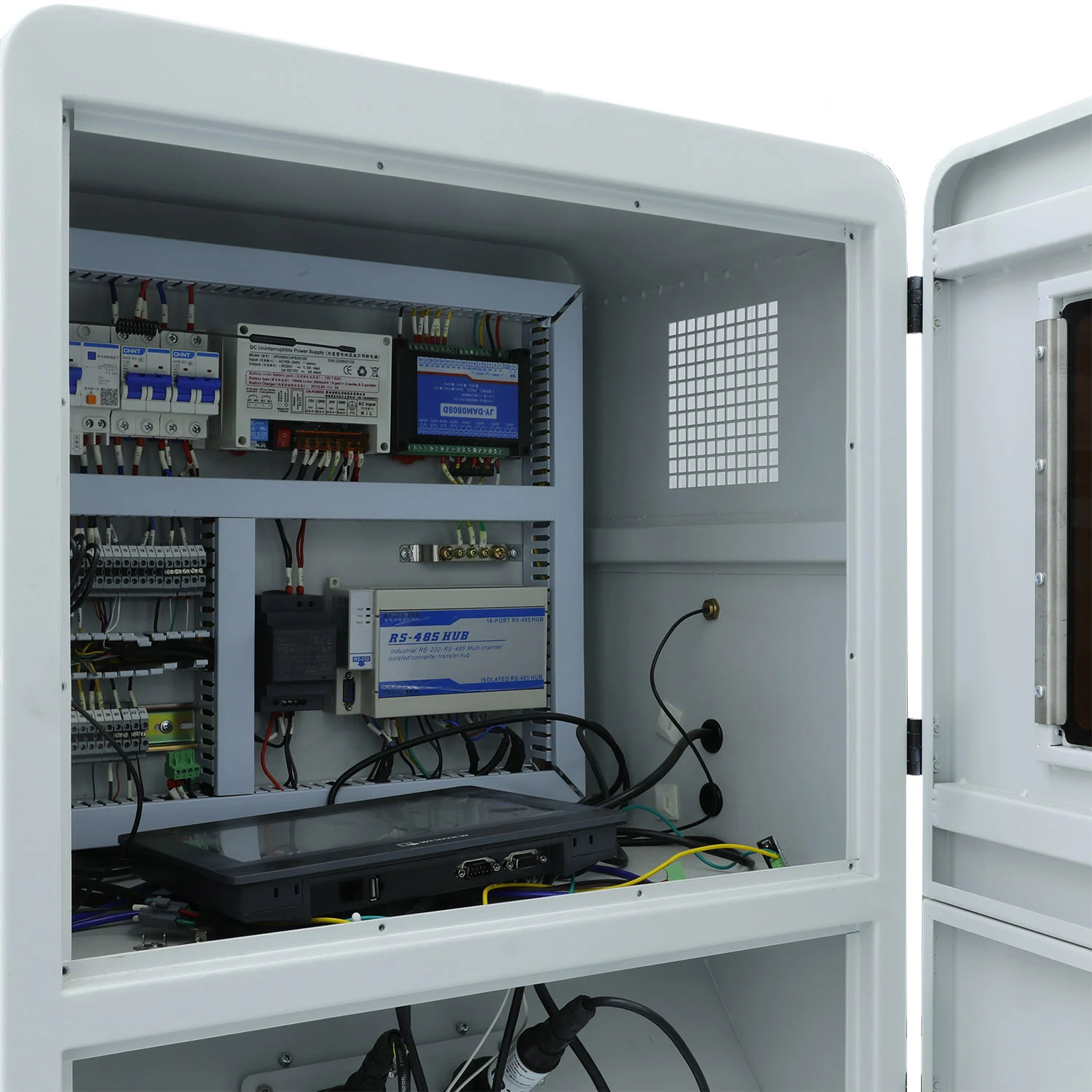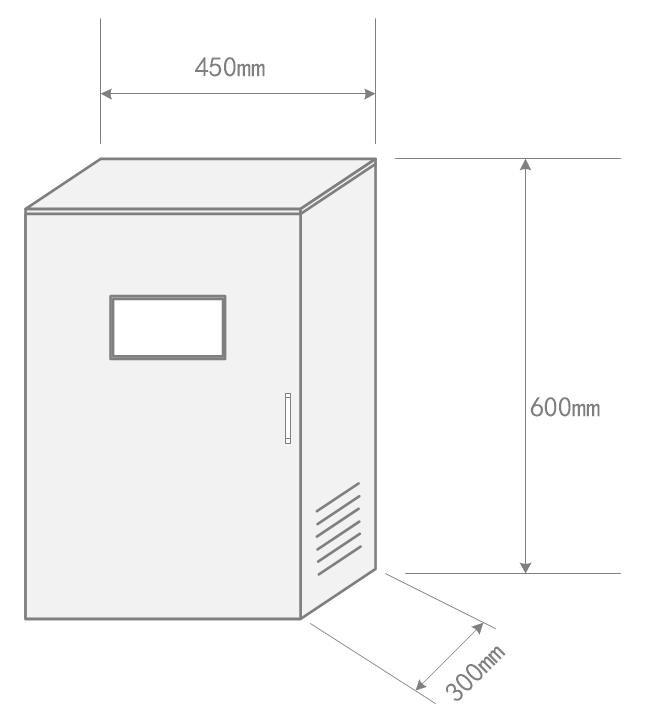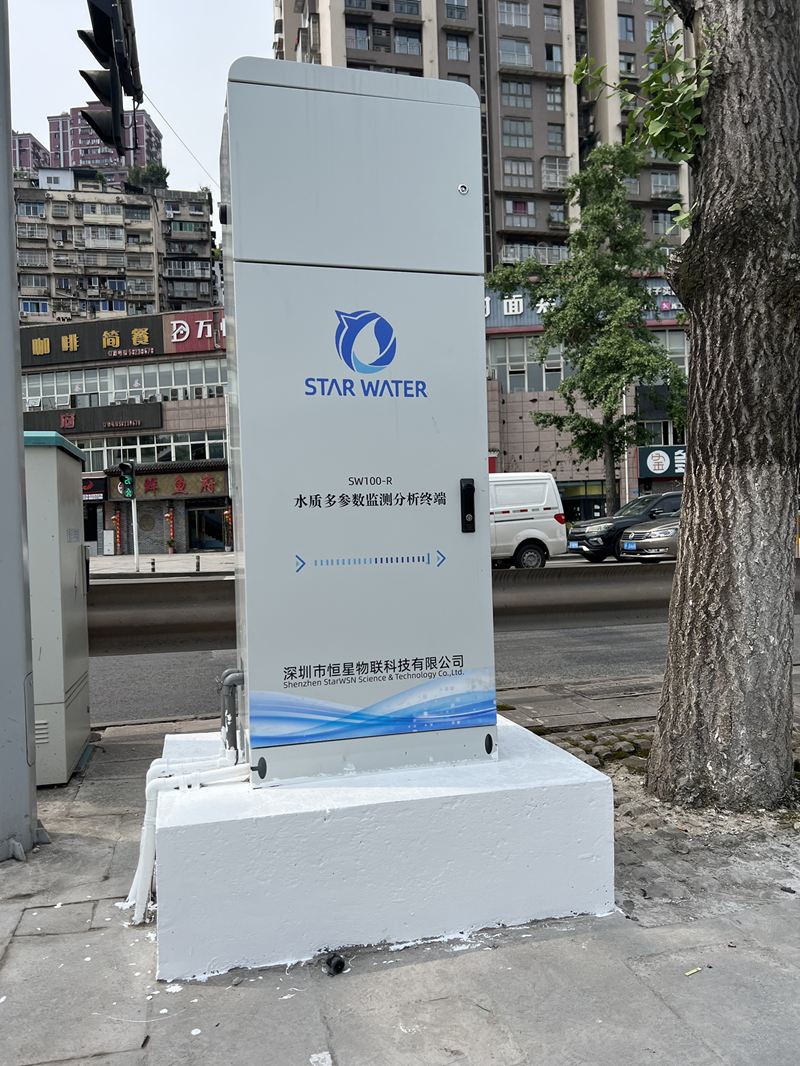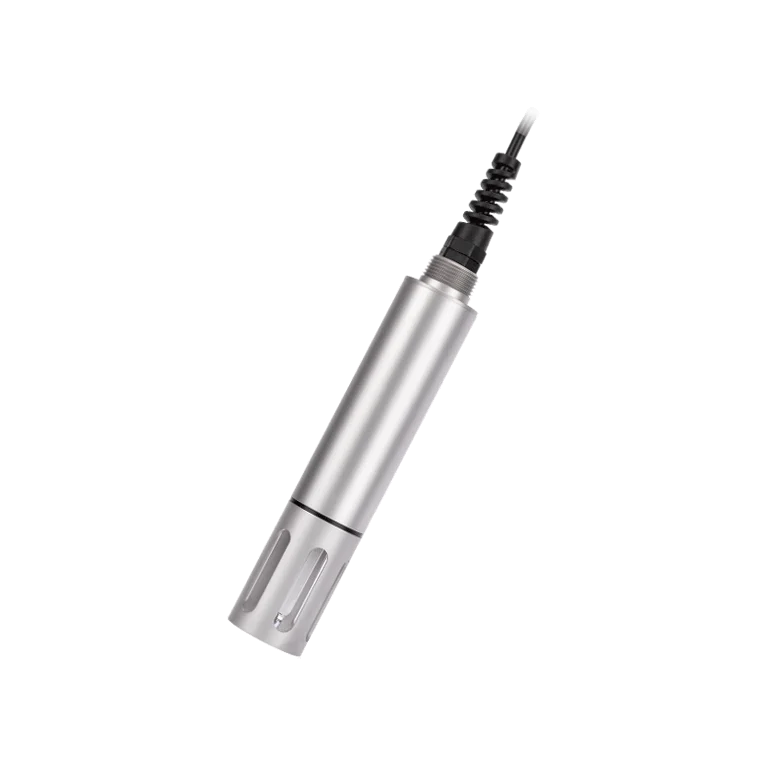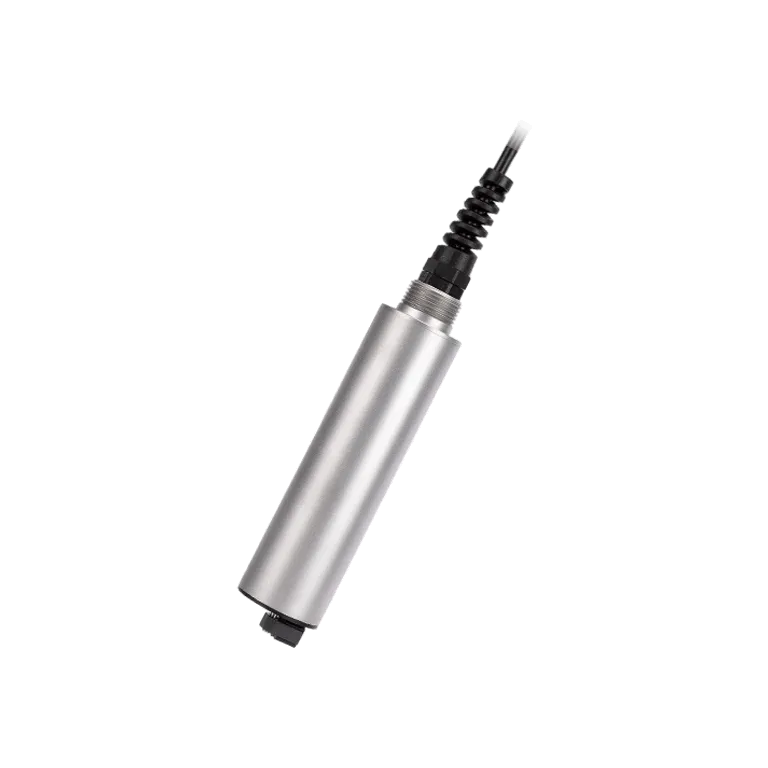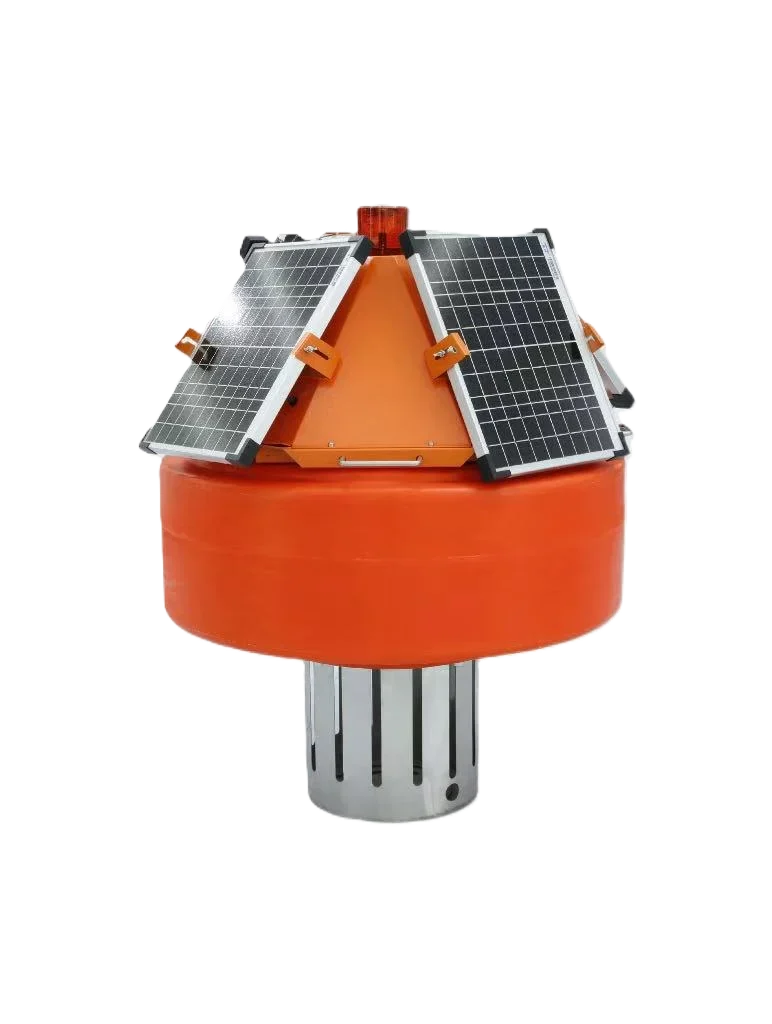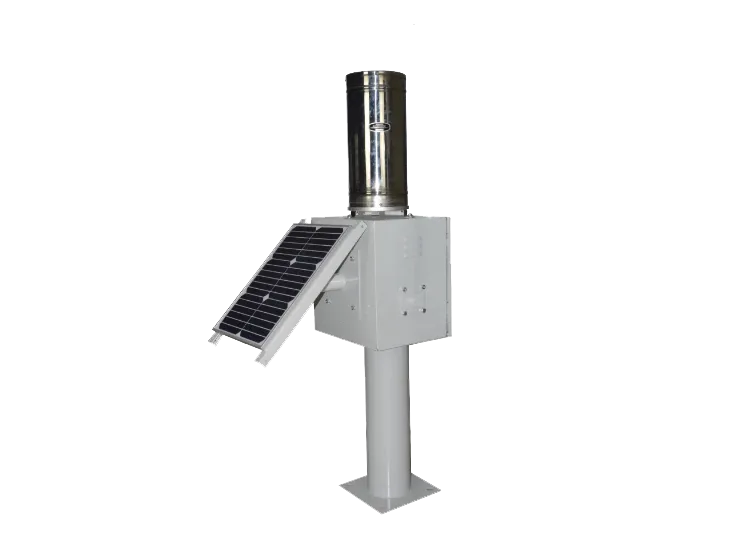1. Overview
• The Water Quality Monitor is a fully integrated online water quality monitoring system, combining sampling, analysis, recording, data statistics, and remote transmission into one unit.
It consists of a data acquisition and control unit, a communication unit, and an auxiliary unit that includes subsystems for power supply, lightning protection, and security.
Measured data are transmitted via wireless communication to the monitoring platform for real-time display and analysis.
• The device is widely used in water supply networks, source wells, treatment plants, monitoring stations, surface water, and industrial water applications.
It adopts electrode-based measurement technology, offering easy installation, compact structure, and high measurement accuracy.
2. Function
1) Water quality monitoring
Equipped with high-precision sensors, the monitor detects and analyzes key parameters such as pH, residual chlorine, turbidity, COD (Chemical Oxygen Demand), and conductivity.
It supports multiple sampling methods, including immersion, flow-through, pump suction, and buoy-mounted operation.
Real-time water quality data and device status are displayed clearly on the monitoring screen.
2) Automatic processing
Integrated pre-treatment and data storage units enable automatic sample handling and data analysis.
Users can directly view real-time readings, review historical data, and export reports through the instrument interface, simplifying maintenance and improving efficiency.
3) Remote transmission
The system supports Ethernet, 4G, and Wi-Fi transmission, providing stable remote communication and ensuring that water management departments can access accurate, up-to-date monitoring data at any time.
4) Remote configuration
Built-in Access Point (AP) and configuration software allow remote setup of sampling and transmission intervals.
Users can also modify sensor types, IDs, and communication attributes remotely.
The system is designed for simple operation, low maintenance, and high reliability.
3. Installation
• Clearance:
For wall-mounted installation, keep at least 70 cm of space between the device and the wall to facilitate maintenance.
• Grounding:
The equipment must be independently grounded. Drive an 80 cm steel rod into moist soil and connect it to the chassis grounding terminal with a wire of at least 4 mm² cross-sectional area.
Improper grounding may cause unstable readings or electronic damage. If a lightning protection system already exists on site, the device may share that grounding point.
• Lightning Protection:
For mains power, connect a lightning protection module to the 220V input terminal.
For solar or hybrid power systems, lightning protection should be installed on the mounting pole to prevent surge damage.
1)Easy operation
The water quality monitoring instrument features an integrated sensor design, supporting multiple probe connections for measurement of various parameters. All calibration parameters are stored directly within the sensor, which incorporates a waterproof connector to enable hot-swappable replacement and plug-and-play functionality
2)Easy maintenance
The water quality sensor adopts the electrode-based measurement principle, with high measurement accuracy,no reagents, consumables, or waste liquid. It features a pre-engineered long-life permeable membrane for simple maintenance and effortless replacement.
3)Real-time monitoring
The water quality monitoring instrument features a real-time LCD display with English-language interface and logging. It is equipped with isolated alarm signal outputs, allowing customizable upper and lower threshold settings for alarms, ensuring precise monitoring and rapid response.
4)Large storage capacity
The water quality monitoring instrument is equipped with a historical trend curve display function, capable of continuously recording data for one month at 5-minute intervals (one data point per interval). It also includes a logbook feature that can store up to 200 records, enabling comprehensive data tracking and analysis.
5)Excellent scalability
The water quality monitoring instrument demonstrates excellent scalability, featuring a versatile interface design that supports connectivity to sensors for parameters such as ammonia nitrogen(NH3-N), total phosphorus (TP), total nitrogen (TN), and dissolved oxygen (DO), enabling comprehensive monitoring and analysis of diverse water quality parameters.

